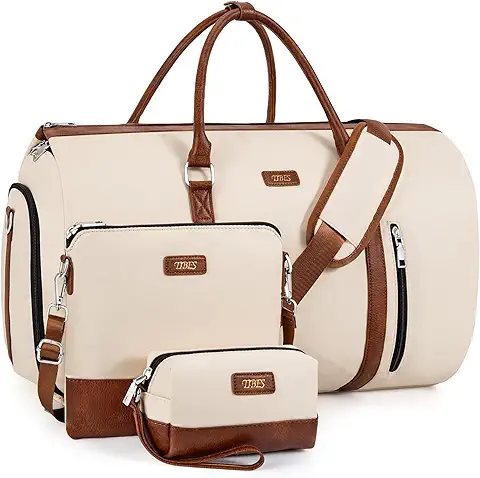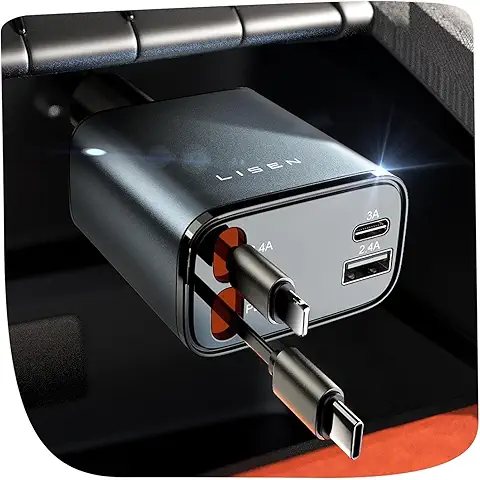The Essential Hiking Gear Checklist: What to Pack for a Safe and Enjoyable Hike


Hiking is one of the greatest ways such as trekking, which enables one to interact with the creation, have a Certificate III in Fitness test, and at the same time enjoy the sight of the game object. However, the main idea of having a good and fun time while trekking is to prepare beforehand. Carrying the correct gear protects yourself and enjoyability regardless of the trail or the climate where you are biking. This article gives a perfect feature of the basic hiking gear that a hiker should carry for a safe and fun hike.
1. The Right Backpack

Carrying your gear in a backpack requires it to be well-fitted in order to avoid exerting your back muscles. For day hikes, hikers should carry a backpack with a carrying capacity of 20 to 30 liters that will allow them to take water, some snacks, and spare clothes all in one pack. Extended day hikes and multi-days require bigger packs commonly ranging from 40 to 60 liters for such items as sleeping bags, food, and other gear required on overnight trips.
Try to find a pack with padded shoulder straps, a thick and rigid belt, and switches of load lifters. These features enable the weight to be spread out and put less pressure on your shoulders and back. Today’s backpacks also have hydration reservoir pockets, it is not a problem, to take water from your rucksack while hiking.
2. Navigation Tools
It is therefore important, even when hiking along well-defined paths, to always carry mapping and compass. A physical map and a compass are essentials for any hike as GPS devices and smartphones may be out of battery in a single area.
As an additional aid, you could use a GPS device, an application that offers very useful maps and/or live tracking. However, make sure you understand how to read the map and compass as those gizmos are still the most effective wild navigation instruments.
3. Appropriate Clothing and Footwear

This involves wearing multiple garments, especially for hiking, since weather change is just around the corner. The first layer of clothing should be moisture management to make sure the sweat does not come into contact with the skin. Next put on a layer of insulation, not unlike a “fleece” or a “down jacket” in order to stay warm. Last, of course, is a wind- and waterproof shell to shield you from rain and gusts of wind.
A good-fitting pair of hiking boots for the outdoors with good ankle support as well as a traction sole is very important for handling this terrain. Make sure you warm up your boots by wearing them before going on a hiking trip so as not to get blisters. Also, pack an extra pair of socks—ideally moisture management material such as merino wool, to make sure your shoes stay dry.
4. Water and Hydration System
Water is considered a very essential commodity during hiking so one is advised to take enough water with them. Carry at least water enough to last a hike drink per hour of moderate exertion, which is about half a liter. For longer hours on the hike, you need to carry a hydration bladder or many water bottles.
For cases of actions requiring long periods devoid of contact with the outdoors, stock on a water filter or purging tablets. These tools give you safe water to drink from natural sources such as streams and lakes thereby avoiding dangers that arise from lack of water when you are hiking.
5. Food and Snacks
Carry along with you some controlled portions of energy-dense foods that are light and take time to digest in your hike. Granola bars trail mix dried fruits and jerky are some of the good fast sources of energy. While choosing food to bring with you on longer hikes, pack very lightweight calorie-dense meals that can simply be rehydrated by adding hot water.
Do not eat foods that are bulky, perishable, or generate a lot of garbage. Ensure that your intake of carbohydrates, proteins, and fats is well proportioned so that the body will be well-fed.
6. Safety and First Aid Supplies
Everyone should carry a good first aid kit in their pocket when they are going for a hike. It should include:
- Bandages and adhesive tape
- Antiseptic wipes and ointment
- Tweezers for removing splinters or ticks
- Pain relievers and anti-inflammatory medications
- Blister treatments like moleskin
As for your first aid supplies do not forget to take the whistle to call for help and a multi-tool or fixed blade knife for cutting ropes or food, among others. Even a small roll of duct tape is surprisingly handy as a temporary fix for gear or to act as a makeshift treatment for blisters in the wilderness.
7. Sun Protection
It seems that the sun's radiation can become very dangerous very fast even if the day is overcast. Minimize your risks by having a wide-brimmed hat, UV-blocking Sunglasses, and SPF-protected skin. Apply the sunscreen again as often as necessary if the hiker sweats, or climbs higher grounds where ultraviolet radiation is stronger.
Sun protection lip balm: Another thing people seem to neglect but, you do not want to have your lips chapped, do you?
8. Emergency Shelter
This is particularly important if you aren’t going to spend the night camping because sometimes, an emergency shelter can be a lifesaver. Bivy sacks can be used for sleeping, lightweight emergency blankets, or small area tarps. These are extremely useful in order to protect you from the elements, especially if you had to stop for an unexpectedly long amount of time, or if you had to spend a night on the trail.
9. Illumination Tools
A dependable light source is fundamental, particularly in the event that there's an opportunity you'll climb during nightfall or sunrise. A headlamp is the best one as it can be hand-free and there will be enough light to move in the woods.
Bring extra batteries or a charger for the power bank so that the light source will be well functioning the whole time of the trip. Moreover, there is a small redundant flashlight that can be used in case the one something goes wrong.
10. Personal Items and Identification
Always bring a copy of your identification, insurance, and other permits if ever needed. These are particularly crucial if you are stepping out into hiking around the national parks, or the areas that, for instance, are restricted to the public.
Keep all these documents in a waterproof bag to avoid getting them wet by rainwater. Besides, take some petty cash in case nobody accepts cards among the vendors at the trailheads or other facilities along the way.
11. Trekking Poles
As a result, we saw it as optional for some people but in particular for extended walking where the terrain is steep or complicated trekking poles were very useful as they provided stability and the least strain on the knees and the overall body. Telescoping poles are the best since you can change their length for up movements, down movements, and flats.
Trekking poles are also incredibly useful in constructing _DIY_ shelters because they have multiple uses as well.
12. Leave No Trace Essentials
Well, I was using LNT after realizing that it’s crucial for all visitors to keep these areas as natural as possible. Pack a small trowel to dig catholes if the need arises, as well as resealable bags for packing out all rubbish, leftovers, and used tissues.
In case you come across any litter on the trail a small reusable bag that can be used to pack the trash would come in handy in a litter pick-up campaign.
13. Optional Yet Useful Extras
However, there are some items that while not compulsory, will make your hiking experience even more enjoyable. These include:
- A camera that can be easily carried by anyone to capture memories.
- Reference materials to assist you learn more about the plants and animals or geographical features around you.
- Matches, lighter, or a compact stove in longer hikes.
These additions will vary depending on your wants and needs of the trip and the detailed or specific requirements for said excursion.
Conclusion
Selection of the appropriate gear constitutes a basic step in hiking and this calls for the right packing. Every piece serves various purposes to give you water, shield you from rain or sun, or assist in map reading. If you follow the planning and safety ideas involved with the preparation of your equipment then you will be ready to enjoy a nice outdoor trip.
Just a reminder to always have some fun, get back to nature, train, and create some memories whenever you go for a hike. With this checklist, you will be able to go through the most challenging trails with ease and confidence.








